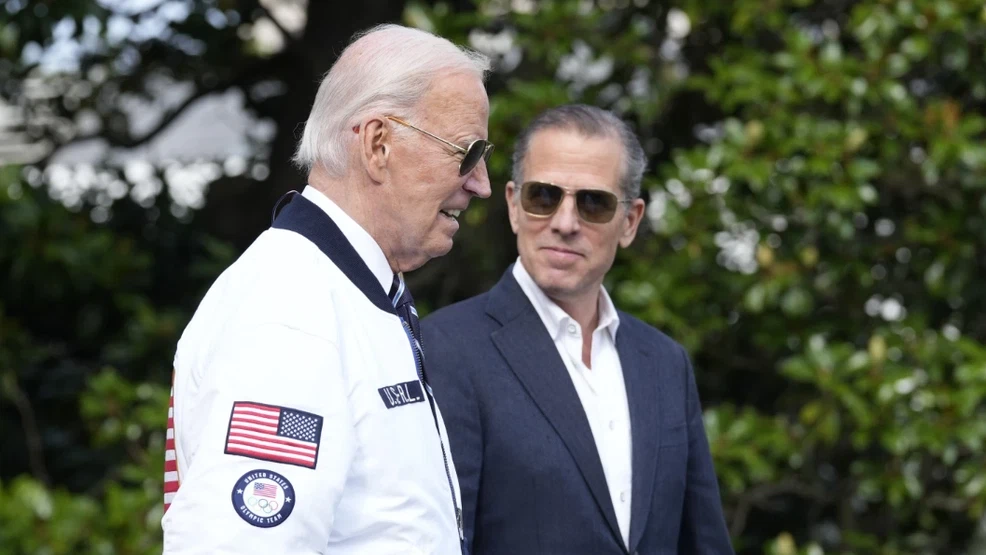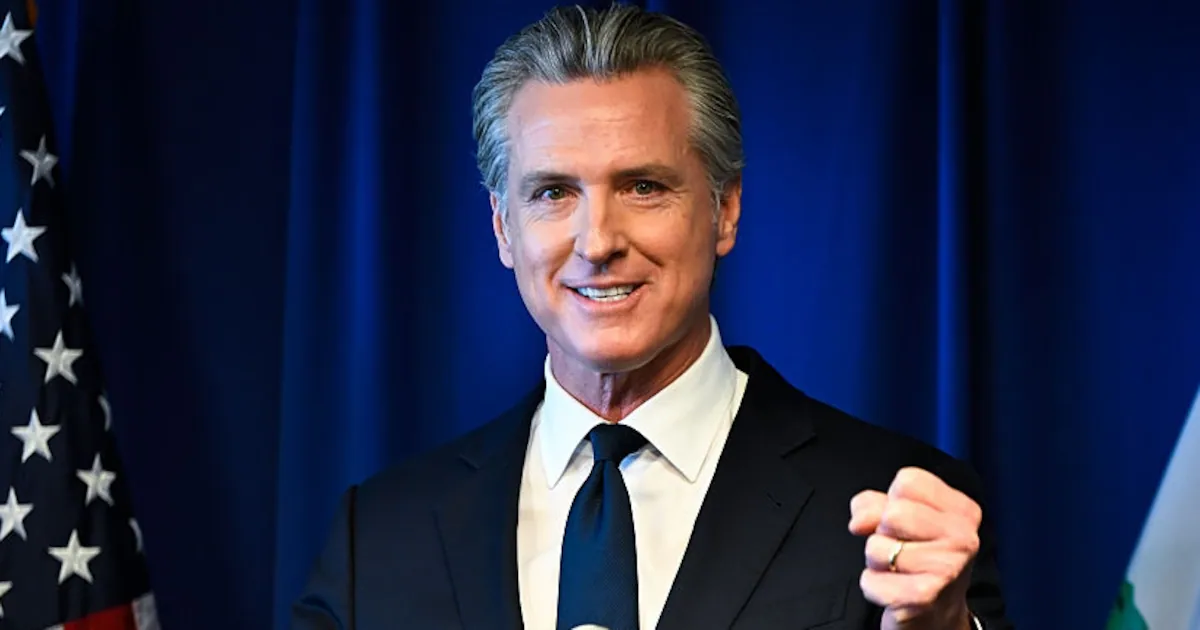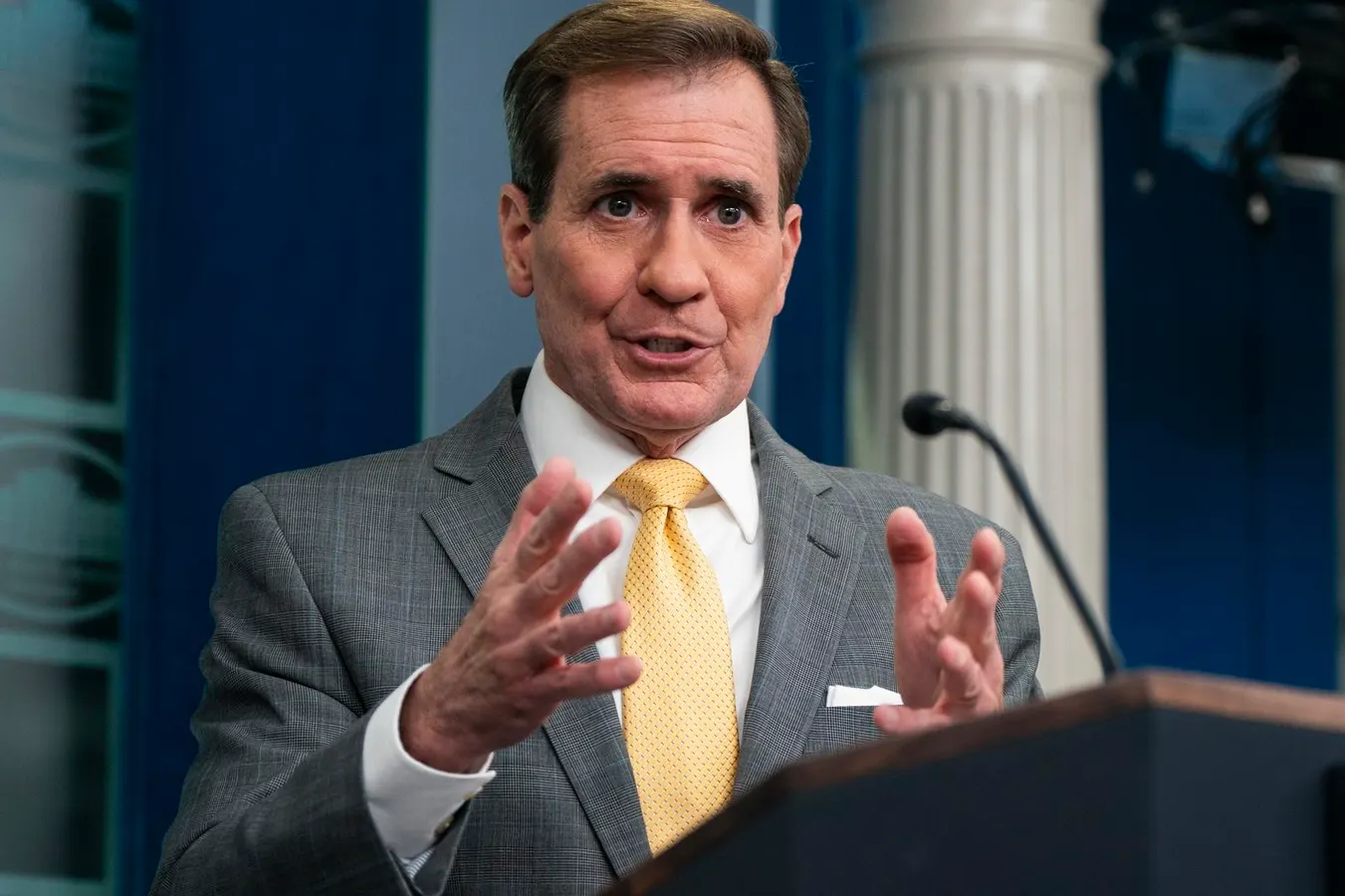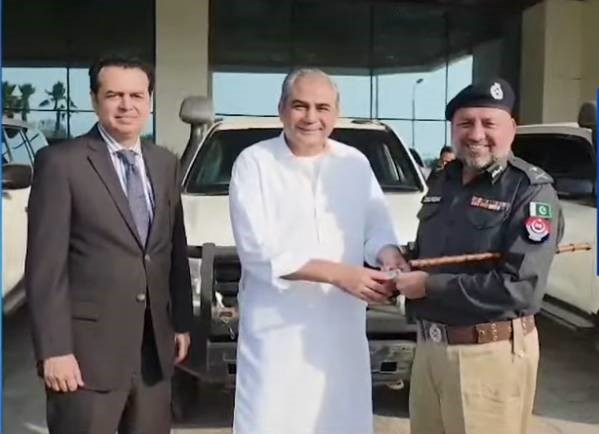Copyright scmp
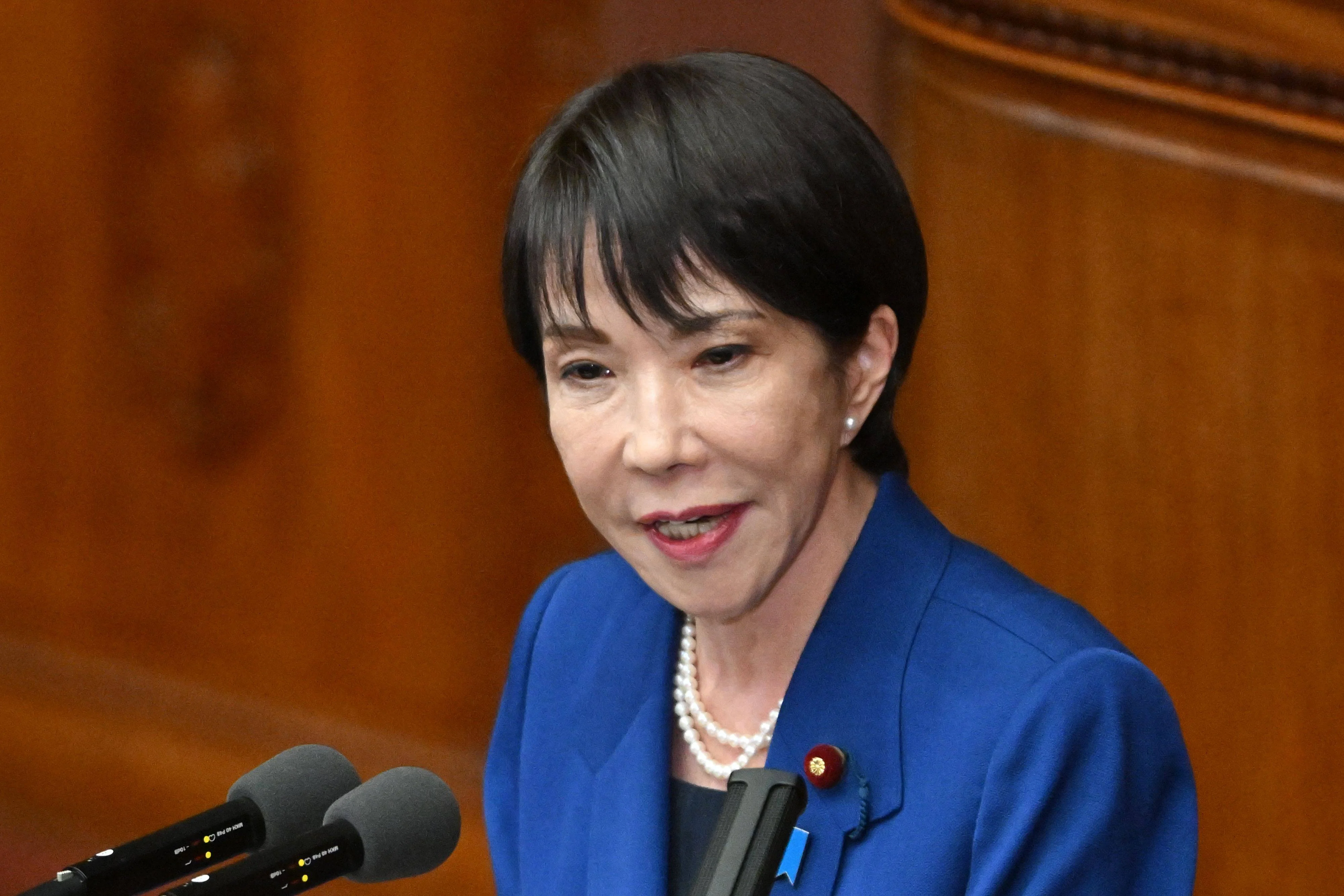
Prime Minister Sanae Takaichi faces the first major test of her diplomatic skills on Monday when US President Donald Trump arrives in Tokyo for a three-day visit, with the Japanese leader using her first week in office to institute policies designed to please her American counterpart. In a policy speech to the Diet on Friday, Takaichi vowed to bring forward a goal of defence spending matching 2 per cent of gross domestic product to the current financial year ending in March, two years earlier than the pledges of previous governments. She will also underline Japan’s commitment under a trade agreement reached earlier this year with Washington to buy around US$8 billion worth of agricultural products, including soybeans. Trump has been under pressure from American farmers after trade friction with China caused Beijing to halt all imports of the US crop. China bought US$12.6 billion worth of US soybeans last year. There have also been suggestions that the Japanese government may procure US-made vehicles to serve as official government cars, while Tokyo could also relax safety certification rules to allow US pickup trucks on Japanese roads. On Friday, Tokyo Gas signed a letter of intent with the Glanfarne Group, an American energy and infrastructure firm which is developing the Alaska LNG project, as a step towards Japan buying as much as 1 million tonnes of LNG a year and weaning itself off imports of Russian energy. Takaichi “is much more aligned with Trump’s world-view” than her predecessor, former prime minister Shigeru Ishiba, and she would “put on a friendly face” for the president, said Ben Ascione, an assistant professor of politics and international relations at Tokyo’s Waseda University. “But it is clear that the tariffs are a nightmare for Japanese businesses, and we must remember that before she was elected, Takaichi said that she disagreed with the deal that had been reached under Ishiba and said she was going to try to negotiate the terms,” Ascione told This Week in Asia. Given that the agreement has been reached and Trump is unlikely to look kindly on any attempt to move the goalposts at this stage, it seems highly unlikely Takaichi would make any headway on concessions, and she may gloss over the matter if asked about it, according to analysts. James Brown, a professor of international relations at the Tokyo campus of Temple University, anticipates a warm meeting between Trump and Takaichi. “This trip is very much about trying to build a good personal relationship and I expect Takaichi to mention Shinzo Abe relentlessly – maybe even going as far as to present Trump with a photo of him with Abe during one of their meetings – in an effort to make Trump transfer his affections for the former prime minister to his protégé,” he said. “She is also going to emphasise how friendly Japan has been in just the last few days, with the commitment in her policy speech to raise defence spending very much designed to please Trump.” A problem might occur if Trump were to say the increase to 2 per cent of GDP is still inadequate and that Japan needs to meet the 5 per cent threshold that he has previously demanded of Nato member states, according to Brown. Should he make such a demand in front of the world’s media, Takaichi would have little choice but to make a vague statement about future targets, Brown added. Beyond defence spending, the security alliance between Japan and the US could also be high on the agenda during the two leaders’ meetings, with the conservative Sankei Shimbun stating in an editorial published on Thursday that Takaichi should try to keep Trump’s attention focused on security issues in northeast Asia. “To achieve this objective, Japan itself needs to convey its determination to maintain peace and its independence in the face of threats from China, North Korea and other nations,” it added. Waseda University’s Ascione said that Trump and Takaichi were “basically on the same page” on security issues. “But if he decides to demand more defence spending after everything that she has done and the hawkish positions she is taking, then there really is no satisfying Trump,” he said. “If Takaichi can’t get on with Trump, then nobody can.” As well as meeting with Japan’s political leaders, Trump is scheduled to meet the emperor and attend a public event with relatives of Japanese nationals abducted by North Korea. Trump has met the families before, but they have been vocal in the last few days, calling on Takaichi’s new government to do more to secure the release of the abductees they still believe are alive. Takaichi has said she is willing to meet North Korean leader Kim Jong-un in person if that would help secure the release of 12 Japanese who are still officially listed as missing. Pyongyang has admitted to kidnapping 17 Japanese individuals in the 1970s and 1980s to train its spies and released seven in 2002, but it claims the rest have died or never entered North Korea. Brown said it appeared that the families were exploring every opportunity to have their relatives brought home. They hope that if Trump can arrange a meeting with Kim while he is in South Korea next week, he could raise the issue and exert pressure on Pyongyang, according to Brown. The likelihood of Trump holding talks with Kim appears to have faded after earlier speculation. Even if such a meeting were to take place, it is unrealistic to expect that Trump would place the fate of Japanese abductees above other geopolitical ambitions, analysts say.
